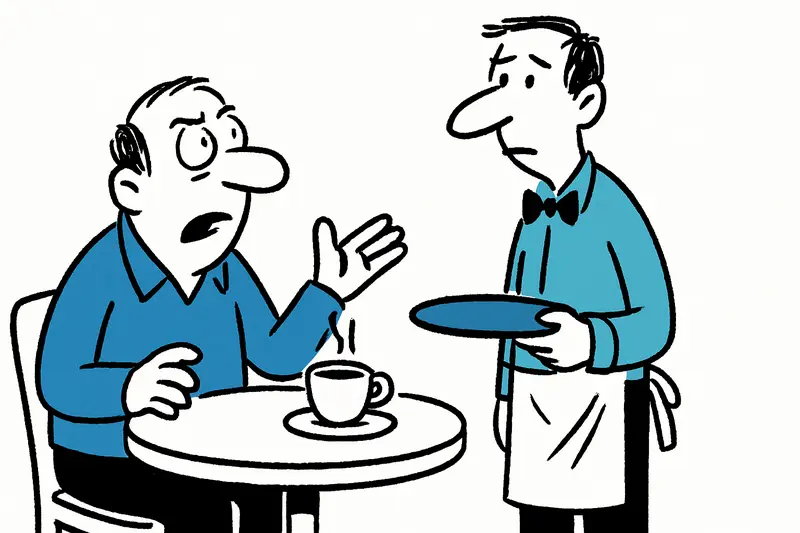New figures reveal: Life in Palma is significantly more expensive than in the rest of Spain. Rents, electricity, and even the beer around the corner are squeezing wallets.
When the Coffee Suddenly Costs More
You notice it in the morning at the Plaça: the café con leche is no longer what it used to be. The new study from a Spanish comparison site lists Palma as the second most expensive city in the country. Sounds abstract? For many here, it means calculating, adjusting, and sometimes cutting back.
Housing Eats Up the Budget
The numbers are concrete: An apartment of about 90 m² costs on average around 2,110 euros in rent per month. That's no luxury loft, but a regular three-room type in central neighborhoods — Genoa Street, El Terreno, sometimes even in parts of Santa Catalina. For families and commuters, it's a tough hit.
Electricity, Groceries, Gas — Everything More Expensive
It doesn't just affect tenants. Electricity bills, supermarket shopping, and fuel prices are all above the national average. Those who regularly drive to the industrial area or the harbor notice the difference at the gas station. And yes: Even a beer at the bar can cost more here than in smaller cities on the mainland.
A quarter above the Spanish average — that's how much more expensive life here is according to the study. It doesn't come without consequences: Small shops think twice before keeping prices stable; young couples seriously consider moving to the outskirts of the island; craftsmen are more cautious with quotes.
How Are Locals Reacting?
At the weekly market, María, who sells fruit at the Mercat de l’Olivar, says: “Customers are counting more these days. Some buy less, others switch to cheaper brands.” A taxi driver standing in front of the town hall on a rainy Tuesday mutters: “More people are sharing rides. We didn't see that before.”
The city administration is under pressure to create affordable housing and dampen energy prices. Whether short-term aids are enough is questionable — many measures need time, planning, and money.
What Remains?
Palma remains a vibrant city with beaches, alleys, and markets. But daily life is becoming more costly for many. Those who live here know the tricks: Compare prices, watch for weekly market bargains, ask neighbors for good craftsmen. Small adjustments that make a big difference at the end of the month.
A tip from everyday life: If you're planning to move, take a close look at the additional costs — they're often the hidden price drivers.
Similar News

Mallorca's service providers brace for a lean winter as businesses plan earlier closures
After a weaker summer, many restaurants, bars and shops on Mallorca expect lower off-season revenues. Higher levies and ...

Playa de Palma's Party Strip: Tourists Celebrate – Many Locals Struggle for Money
El Arenal is full of sun umbrellas and sangria, yet the district ranks among Palma's poorest areas. A look behind Playa ...

Palma's Metro to Son Espases Hospital Extended
Balearic Islands president Marga Prohens has announced that the Palma metro line will be extended to Son Espases Hospita...

Imserso sale starts: Senior trips to the Balearic Islands now bookable
From 9:00 AM retirees can book the Imserso trips to the Balearic Islands. Few places, new discounts — and pets allowed f...

When One Job Isn't Enough: Why Many in Mallorca Need Two or More Jobs
On Mallorca, many people take on multiple jobs to cope with rising rents and living costs. A look at reasons and consequ...
